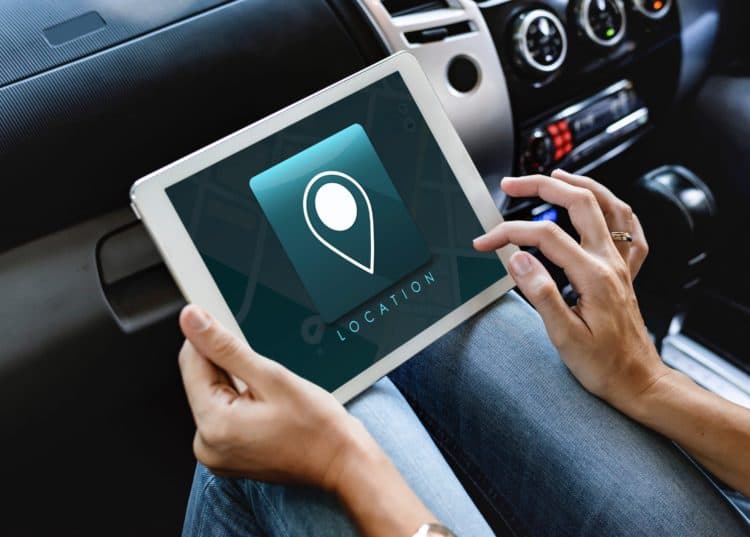A new report from Juniper Research has revealed that 775 million consumer vehicles will be connected via telematics or by in-vehicle apps by 2023, rising from 330 million vehicles in 2018. This is an average annual growth of 18.7% over the next 5 years.
The new research, Consumer Connected Cars: Telematics, In-vehicle Apps & Connected Car Commerce 2018-2023, forecasts that automotive OEMs will enable in-vehicle infotainment systems to be accessible to third party developers.
In turn, this will accelerate expansion of new technologies and services that will increase the value proposition for drivers. In this context, Juniper anticipates the growth of in‑vehicle voice assistant use, as well as in-vehicle commerce.
Exceed 8.2 billion by 2023
The research found that the total spend over connected car eCommerce platforms will reach $265 billion by 2023. In order to cultivate a workable commerce ecosystem, Juniper urged stakeholder collaboration between automotive OEMs, network operators and payment solutions providers.
Juniper recommended that the provision of APIs and development platforms that enable third party development of payment-capable in-vehicle apps is essential to the creation of new and innovative OEM services.
However, research author Sam Barker remarked: “Until the market gains new entrants from outside the automotive ecosystem, the increase in transactions will be driven by convenience for the user, rather than the creation of new services themselves. By 2023, we expect that in-vehicle commerce transactions will be less than 1% of mobile and online transactions globally”.
370 million in-vehicle digital voice assistants
The research also forecasts that over 370 million in-vehicle digital voice assistants will be accessed by 2023. However, in-vehicle assistants must be given access to the vehicle’s basic functionality, such as climate control, to offer a differentiation point to smartphone-tethered options.
Juniper also forecasts that automotive OEMs will increase this access to vehicle systems, however mitigating risks, including security of data and driver distraction, will remain the highest priority.



